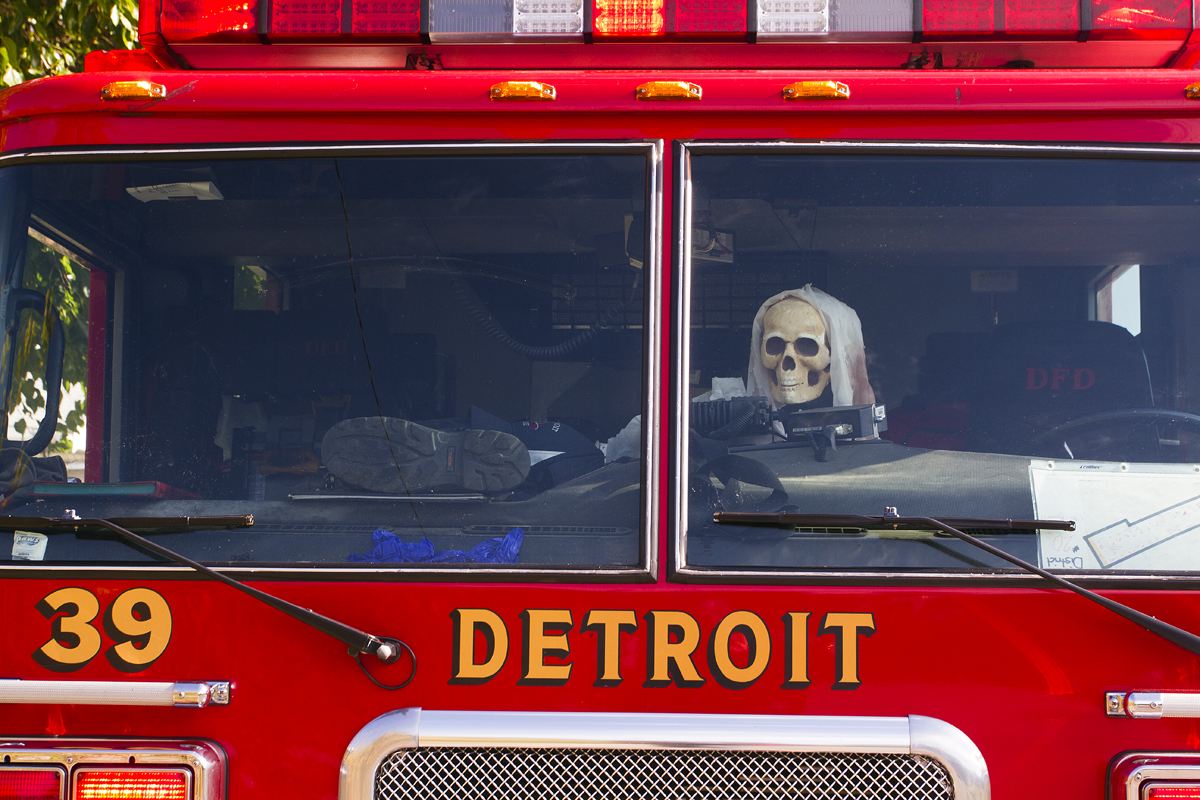
It began innocently enough: Young pranksters draped toilet paper on trees and threw eggs at houses in Detroit.
But the pre-Halloween mischief that began as early as the 1930s escalated four decades later to include destructive acts of arson. By 1984, the three-day period that became known as Devil’s Night erupted with 810 fires. About 180 broke out in houses, garages and commercial buildings, leaving firefighters outmatched between Oct. 29-31.
The city responded with drastic steps, ordering curfews for teenagers and organizing tens of thousands of volunteers to patrol the streets.
By the early 1990s, fewer than 100 fires were reported during the three-day period.
But in 1994, then-Mayor Dennis Archer all but ignored Devil’s Night, and more than 300 fires broke out, marking one of the most destructive periods since the 1980s.
Lessons were learned, and Archer responded with “Angels’ Night,” a campaign to curb arsons with stiff curfews, droves of volunteers and a temporary ban on portable gas containers. Fewer than 160 fires broke out.
Since then, firefighters battled between 52 and 140 fires during each of the three-day period.
Although the fires have decreased dramatically since the 1980s, the Detroit Fire Department has far fewer firefighters to respond. Hydrants routinely malfunction, and trucks break down.
Former Mayor Dave Bing closed 15 fire companies in 2012, leading to slower response times and fatigued firefighters.
This year, the Fire Department is deploying four new engines, four extra rigs and additional arson units.
New Fire Commissioner Eric Jones, who inherited a dysfunctional department, has been working nonstop to improve the response to this year’s fires. During his first Devil’s Night last year, the city recorded the fewest fires during that period since at least the 1970s.
We will be posting a live blog with vides and photos to show where each fire breaks out. Stay tuned.
Steve Neavling
Steve Neavling lives and works in Detroit as an investigative journalist. His stories have uncovered corruption, led to arrests and reforms and prompted FBI investigations.


3 Responses to "From toilet paper to molotov cocktails: A brief history of Devils’ Night"